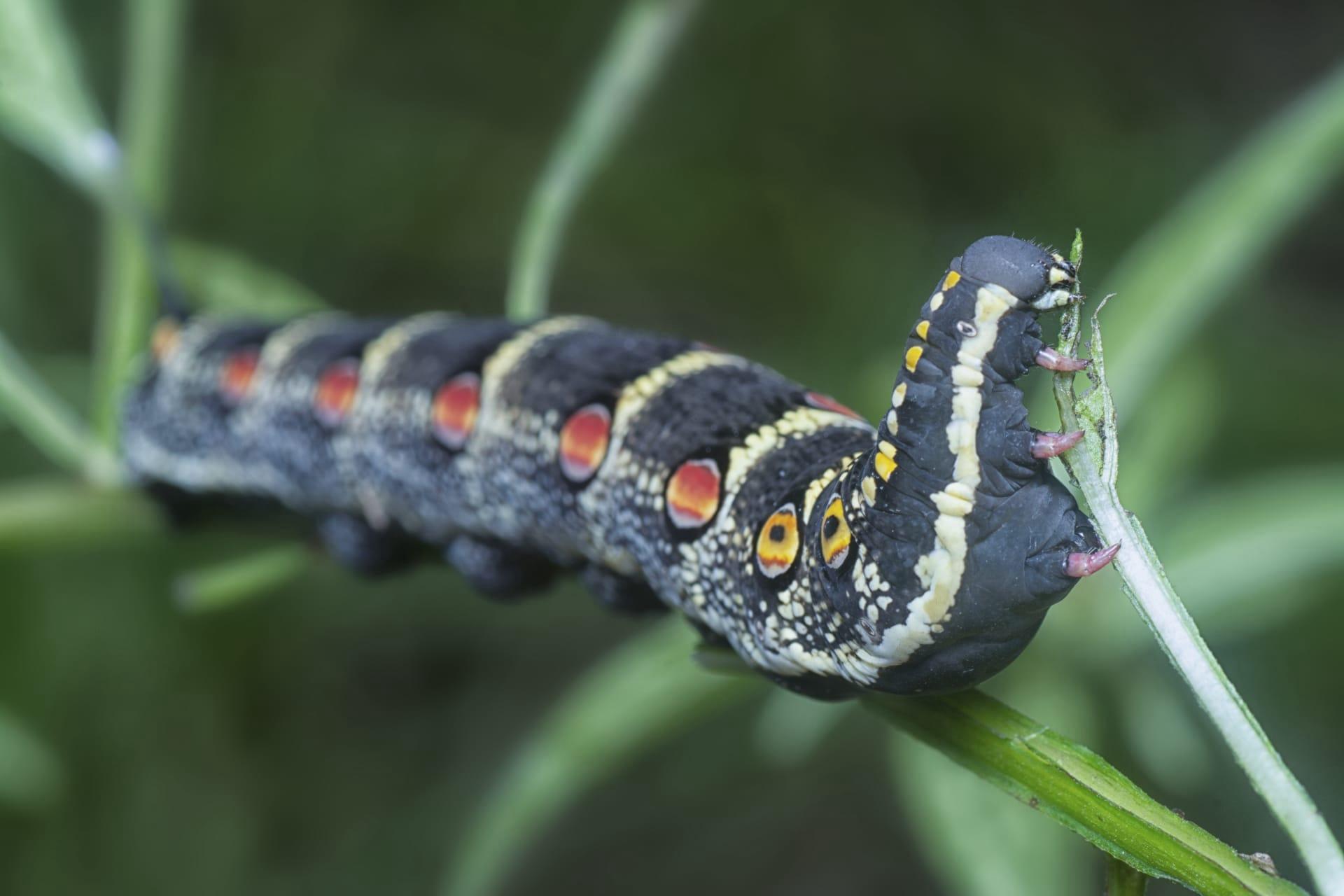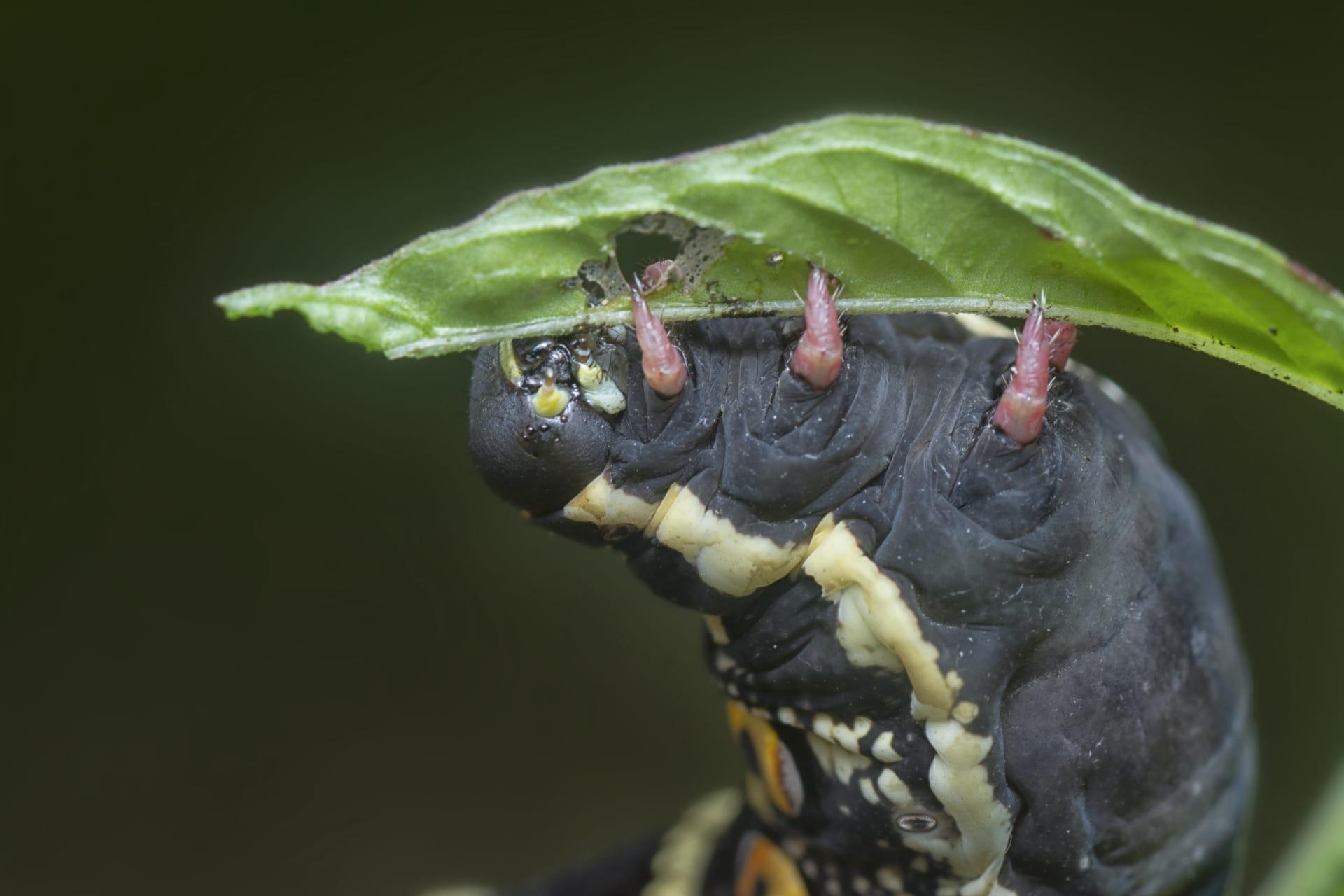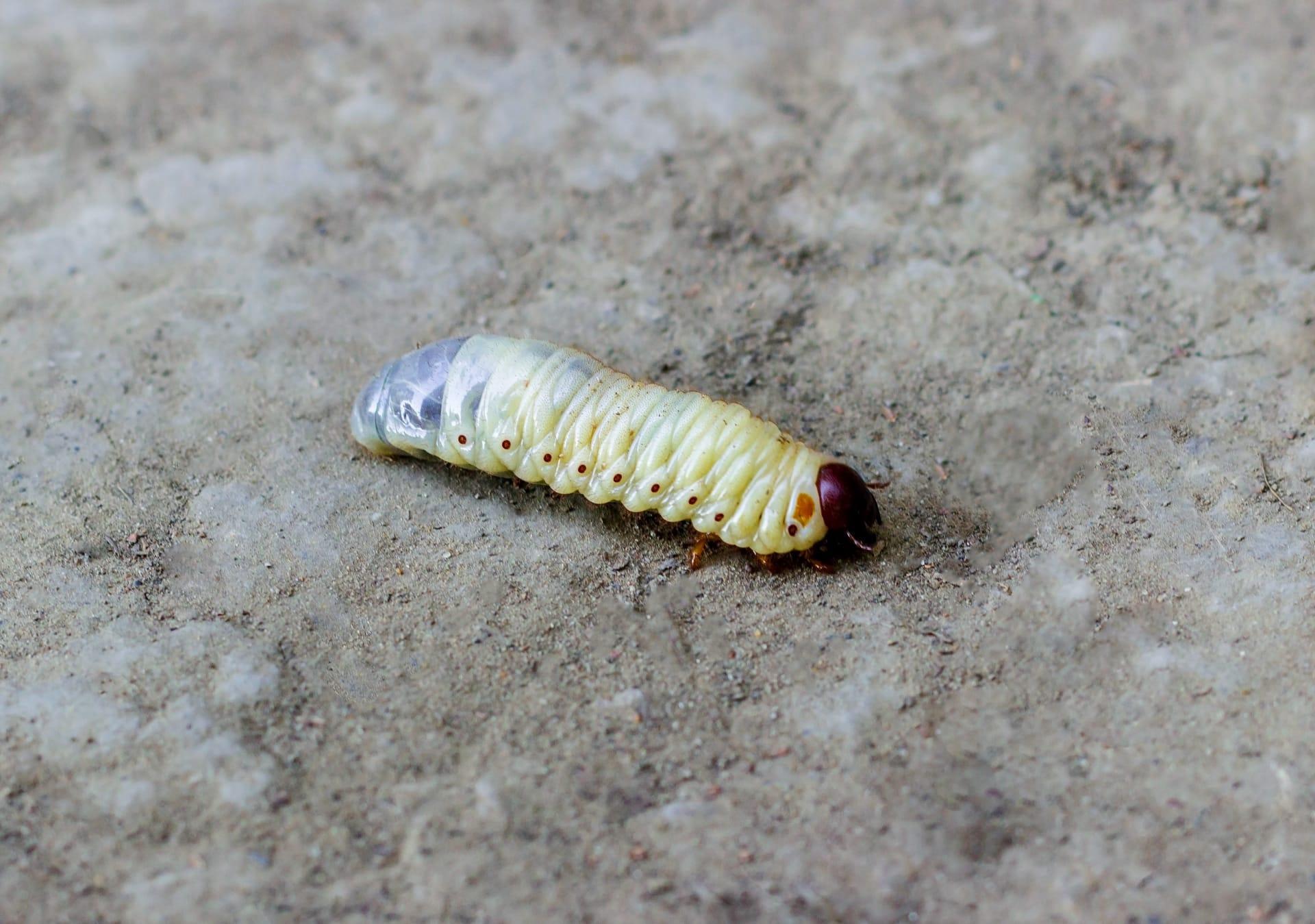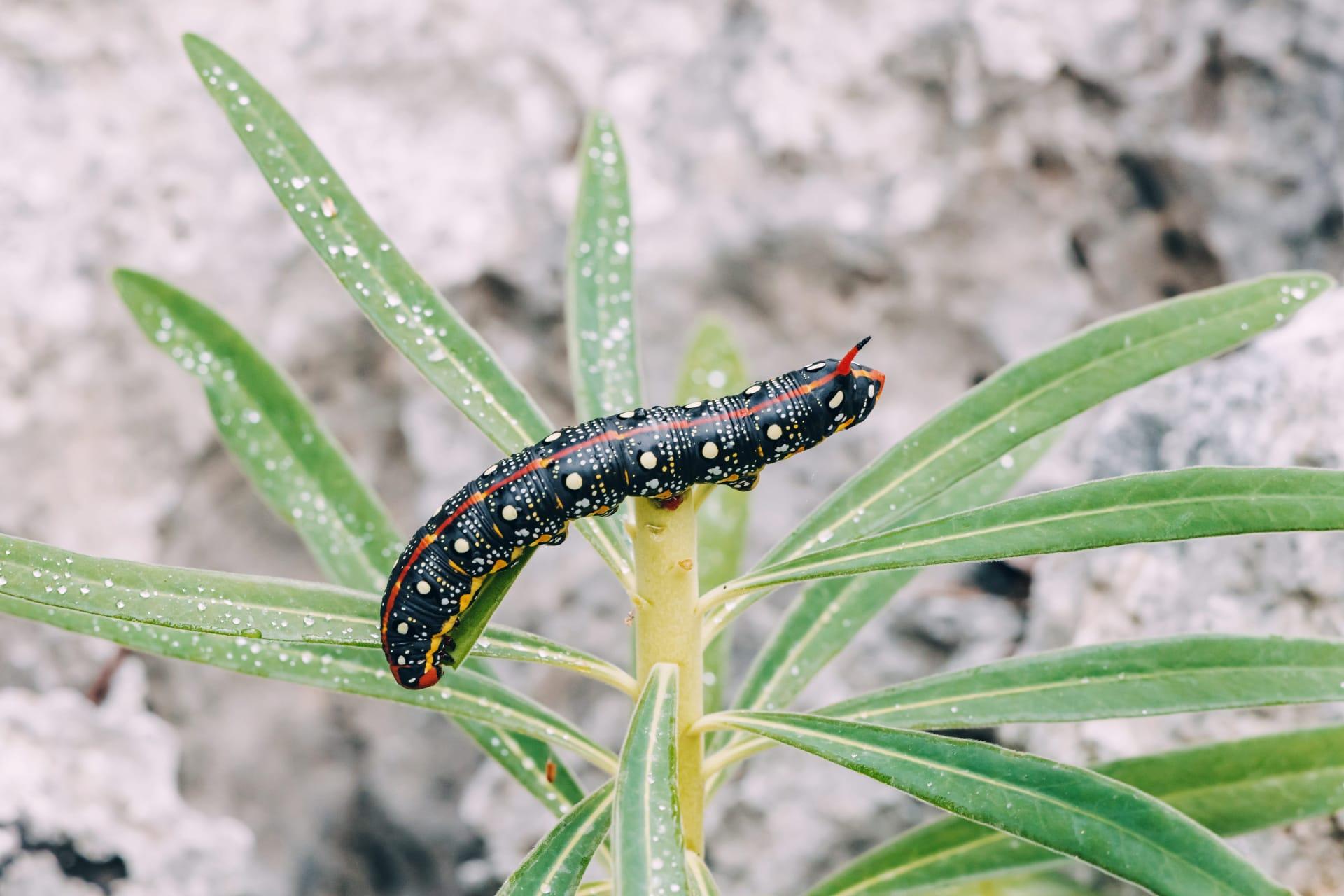Horn Worm Trivia
- Home /
- Trivia Question /
- Animal /
- Horn Worm Trivia
1
Question: What distinguishes the hornworm's appearance, and how big can they get?
Answer: Hornworms, known for their signature horn-like tail, are striking caterpillars. They typically have a bright green body with diagonal stripes and a curved horn. These caterpillars can grow quite large, reaching up to 4-5 inches in length. Their size and vivid coloration make them easily noticeable in their habitats.
Question: What do hornworms eat, and how does their diet affect their growth?
Answer: Hornworms are voracious eaters, primarily feeding on the leaves of tomato, tobacco, and related plants. Their diet is rich in nutrients, allowing them to grow rapidly. A hornworm can eat an entire tomato leaf in less than a day, demonstrating their incredible appetite and growth rate.

2
Question: Is it true that hornworms are harmful to plants, and should they always be removed from gardens?
Answer: While hornworms can cause significant damage to plants, particularly tomatoes and tobacco, they are also an important part of the ecosystem. They eventually turn into moths, which are pollinators. Gardeners might consider removing them if they're in large numbers but can also relocate them to protect the ecosystem balance.
Question: Do hornworms pose a threat to humans or pets?
Answer: Hornworms are generally harmless to humans and pets. The horn on their tail might look intimidating, but it's not a stinger and doesn't contain venom. They don't bite or sting, making them safe to handle, though it's always best to handle any wildlife cautiously.

3
Question: How do hornworms transform into moths, and what do they look like?
Answer: Hornworms undergo a complete metamorphosis to become moths. They form a pupa in the soil, emerging later as either the Sphinx, Hawk, or Hummingbird moth. These moths have robust bodies, with wingspans up to 5 inches. They are usually gray or brown, a stark contrast to the vibrant green of their caterpillar stage.
Question: What role do hornworms play in the environment?
Answer: Hornworms contribute significantly to the ecological cycle. As caterpillars, they are a food source for birds and other predators. As moths, they are pollinators for many plant species. Their presence helps maintain the balance in garden and agricultural ecosystems.

4
Question: Can hornworms be used for anything beneficial, such as in research or education?
Answer: Absolutely! Hornworms are often used in scientific research due to their size and the ease of studying their life cycle. They are also used in classrooms for educational purposes, allowing students to observe the process of metamorphosis firsthand. Their distinct features make them excellent subjects for study.
Question: How do hornworms defend themselves against predators?
Answer: Hornworms have a few defense mechanisms. Their green color provides excellent camouflage among leaves. Some species can make a clicking noise and inflate their bodies to appear more threatening. The horn on their tail can also deter predators, though it's not dangerous.

5
Question: Are there different species of hornworms, and if so, how do they vary?
Answer: Yes, there are several species of hornworms. The most common are the tomato hornworm and the tobacco hornworm. The tomato hornworm has V-shaped markings and a black horn, while the tobacco hornworm has diagonal lines and a red horn. Both are part of the Sphinx moth family.
Question: How long do hornworms live, and what factors influence their lifespan?
Answer: Hornworms have a relatively short lifespan. As caterpillars, they live for 2-3 weeks before pupating. The pupal stage lasts around 2-4 weeks, and as moths, they live for about a month. Factors influencing their lifespan include availability of food, environmental conditions, and predation.